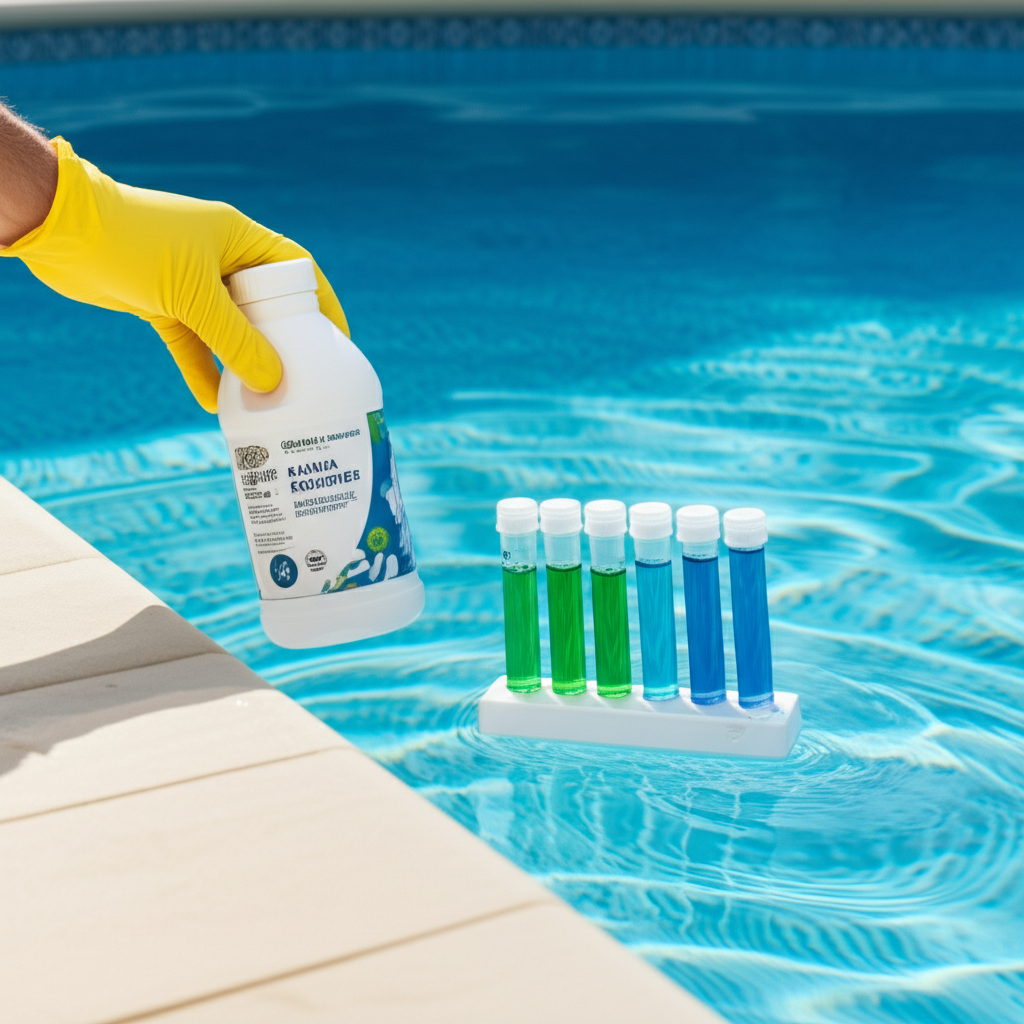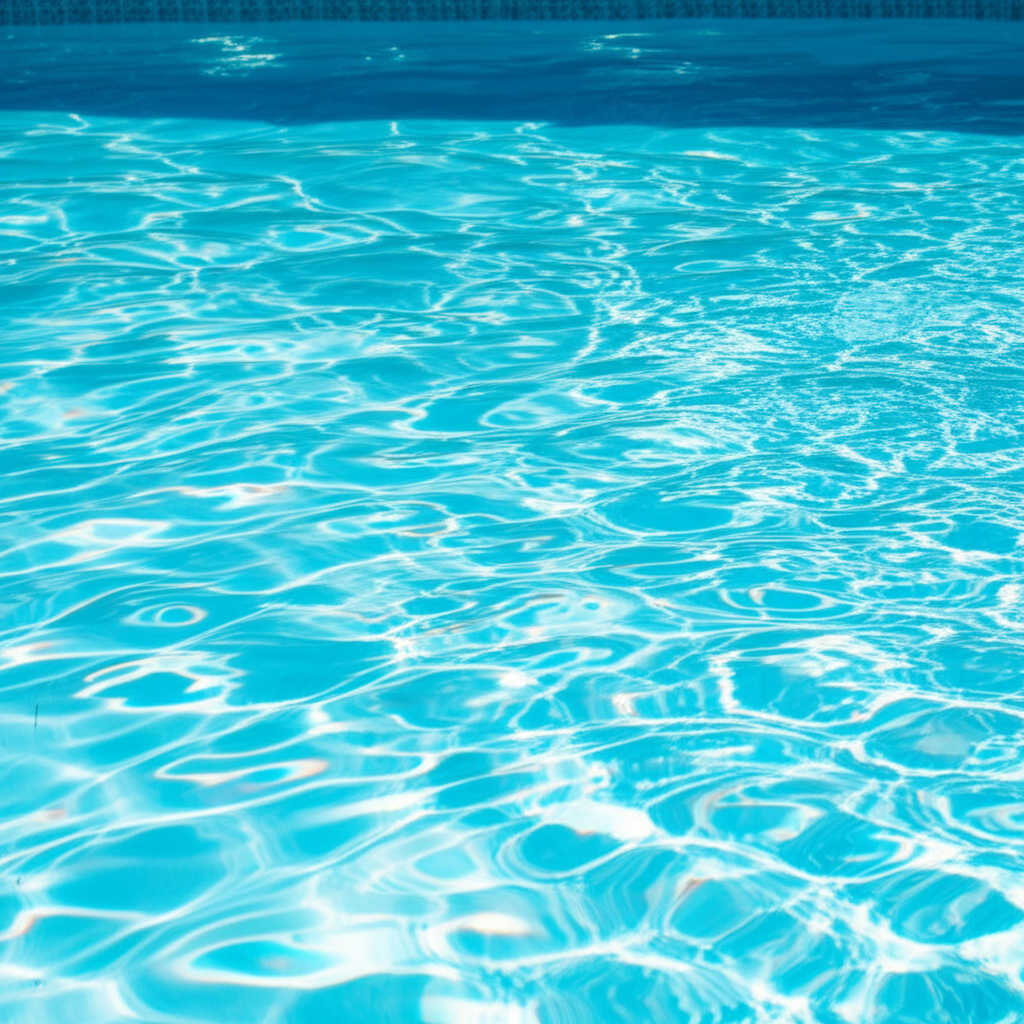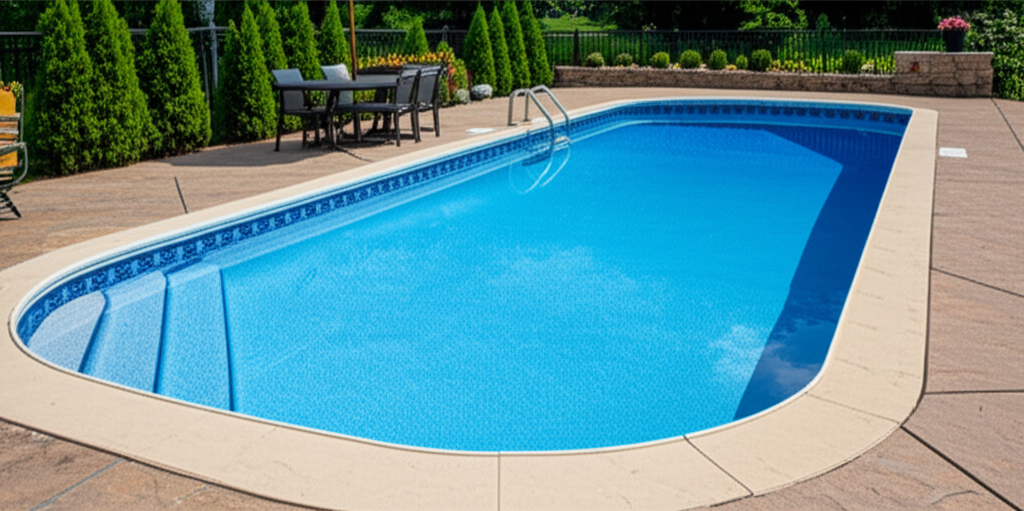- Understanding Total Alkalinity: The pH Buffer
- Why Optimal Total Alkalinity is So Crucial
- Identifying the Ideal Total Alkalinity Range
- Testing and Adjusting Your Total Alkalinity
- When Total Alkalinity is Too Low
- When Total Alkalinity is Too High
- Achieving Effortless Pool Balance
Total Alkalinity is the unsung hero of a sparkling, balanced swimming pool. Often overshadowed by pH, Calcium Hardness, or chlorine levels, Total Alkalinity (TA) plays a crucial role in maintaining your pool’s overall stability and making your life as a pool owner significantly easier. Mastering its balance is key to preventing a host of common pool problems and ensures effortless enjoyment of your aquatic oasis.
Understanding Total Alkalinity: The pH Buffer
So, what exactly is Total Alkalinity? In simple terms, it’s a measure of all the alkaline substances dissolved in your pool water, primarily carbonates and bicarbonates. Its primary function is to act as a buffer against fluctuations in pH. Think of your pool water as a delicate ecosystem; without sufficient Total Alkalinity, its pH balance would be incredibly volatile, swinging dramatically with every rain shower, bather load, or chemical addition.
When Total Alkalinity is within its ideal range, it absorbs acids and bases that enter the water, preventing rapid shifts in pH. This buffering capacity is vital because pH is the cornerstone of comfortable swimming and effective sanitization.
Why Optimal Total Alkalinity is So Crucial
Maintaining the correct Total Alkalinity offers a multitude of benefits for your pool and your wallet:
1. pH Stability: This is TA’s most important job. Proper TA levels prevent the frustrating seesaw effect of pH highs and lows. Without it, your pH would be constantly changing, requiring endless adjustments.
2. Enhanced Chlorine Efficiency: Chlorine works most effectively within a specific pH range (typically 7.4-7.6). When Total Alkalinity keeps the pH stable in this zone, your chlorine can sanitize water and kill contaminants with maximum efficiency, saving you money on chemicals and ensuring a healthier pool.
3. Prevents Corrosion and Scaling: Low Total Alkalinity often leads to low pH, which makes your water acidic and corrosive. This can damage pool equipment, pipes, and surfaces, leading to costly repairs. Conversely, excessively high TA can contribute to high pH, which promotes scaling (calcium deposits) on pool surfaces and equipment, reducing their lifespan and diminishing water clarity.
4. Improved Bather Comfort: Extreme pH levels, often a symptom of imbalanced TA, can cause discomfort for swimmers. Low pH irritating skin and eyes, while high pH can make water feel oily and lead to cloudy conditions.
5. Protects Pool Surfaces: Stable pH, thanks to balanced Total Alkalinity, helps protect the integrity of your pool’s plaster, vinyl liner, or fiberglass finish, extending its lifespan and maintaining its aesthetic appeal.
Identifying the Ideal Total Alkalinity Range
For most swimming pools, the recommended Total Alkalinity level is between 80 and 120 parts per million (ppm). Some experts suggest aiming for the higher end of that range (100-120 ppm) for plaster pools, while vinyl or fiberglass pools might do well at the lower end. Always consult your pool builder or local pool professional for specific recommendations based on your pool type and local water chemistry.
Testing and Adjusting Your Total Alkalinity
Regular testing is paramount to maintaining effortless pool balance. You should test your Total Alkalinity at least once a week, or more frequently during periods of heavy use, extreme weather, or after adding significant chemicals. Use reliable test strips, a liquid test kit, or take a water sample to your local pool store for analysis.
When Total Alkalinity is Too Low
Recognizing low Total Alkalinity is vital. Signs often include rapid pH drops, difficulty maintaining pH, potential corrosion, and cloudy water. If your test reveals TA levels below 80 ppm, you’ll need to use an Alkalinity Increaser.
Alkalinity Increaser is typically sodium bicarbonate (baking soda) in a purer, granular form designed for pools. It’s affordable, widely available, and highly effective.
How to use Alkalinity Increaser:
1. Calculate Dosage: Refer to the product’s instructions for the correct dosage based on your pool’s volume and current TA level.
2. Pre-Dissolve (Optional but Recommended): For best results and to avoid cloudy water, pre-dissolve the measured amount of alkalinity increaser in a bucket of pool water.
3. Add Slowly: With your pump running, pour the dissolved solution slowly around the perimeter of the pool, allowing it to disperse evenly. Avoid dumping it all in one spot.
4. Circulate and Re-test: Allow the water to circulate for several hours (at least 2-4 hours, or overnight) before re-testing. It’s better to add smaller amounts incrementally than to overshoot your target.
A note of caution: Never add too much alkalinity increaser at once, as it can cause temporary cloudiness.
When Total Alkalinity is Too High
High Total Alkalinity (above 120 ppm) can also cause problems, leading to high pH, scaling, and difficulty clarifying the water. To lower high Total Alkalinity, you typically use a small amount of muriatic acid (liquid acid) or a granular acid such as sodium bisulfate. Extreme caution must be exercised when handling acids; always wear protective gear and follow manufacturer instructions precisely. Add acid very slowly, in small increments, allowing the water to circulate thoroughly between additions and re-testing. Aeration (running spa jets, waterfalls, or a fountain) can also help to naturally lower high TA over time.
Achieving Effortless Pool Balance
Mastering Total Alkalinity isn’t about constant struggle; it’s about understanding its role and embracing regular, consistent maintenance. By routinely testing your pool water and making timely adjustments to your Total Alkalinity, you’re not just managing a chemical level – you’re safeguarding your pool’s health, prolonging the life of your equipment, and ensuring a consistently comfortable and inviting swimming environment. With attention to this often-overlooked parameter, you’ll be well on your way to truly effortless pool balance, leaving more time for relaxation and enjoyment.




